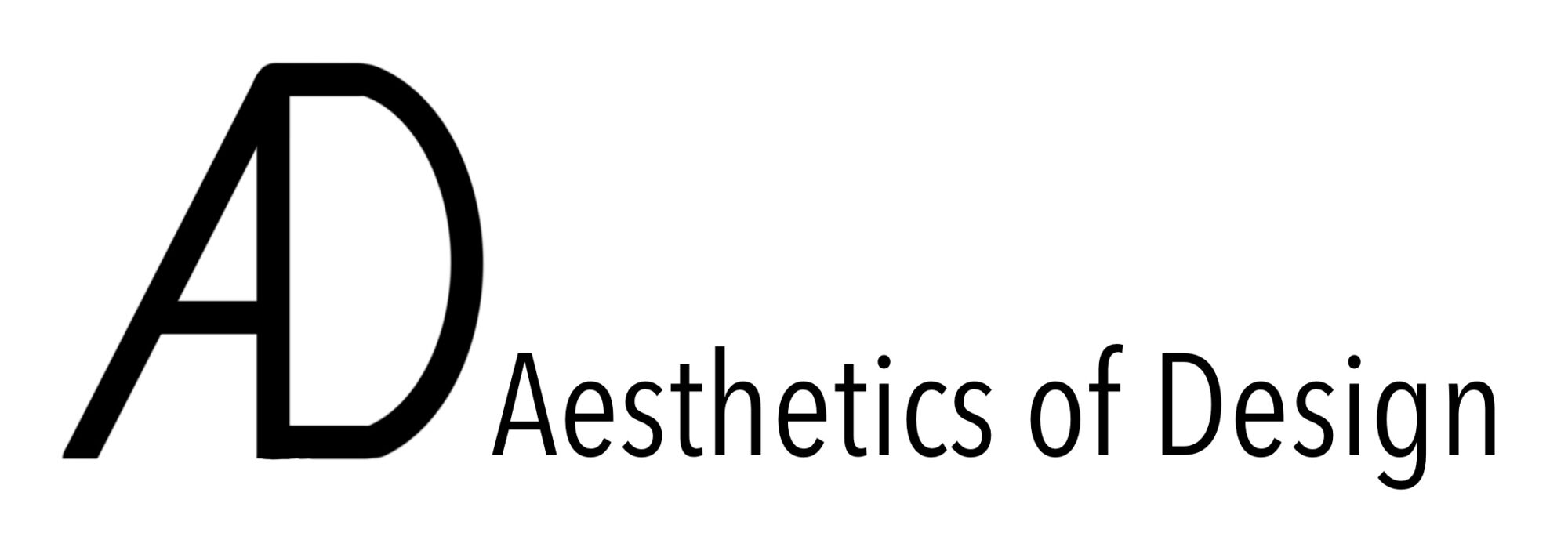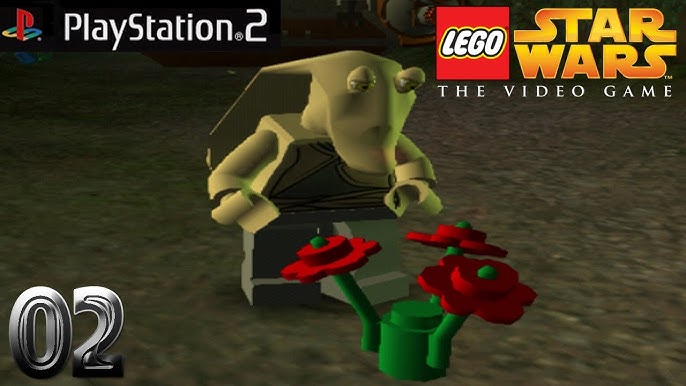Top 5 Goals for the Project:
-
Visually Capture the Early Virtual Aesthetic:
The most important visual aspect of the project is accurately recreating the early 2000s video game aesthetic, specifically referencing Lego Star Wars and other PS2-era games. This includes low-poly character design, pixelation, exaggerated lighting, and bright, artificial color schemes. If the final piece immediately reminds viewers of that nostalgic digital era, especially those familiar with those games, I’ll know I’ve succeeded. -
Infuse Maximalist Chaos Around a Simple Focal Point:
I want the painting to have an organized chaos — a maximalist explosion of shapes, patterns, and textures that fill the space around the central Lego figure. Despite the chaos, the viewer’s eye should be drawn back to the simplicity of a single Lego character picking a flower. The emotional contrast between the calm central act and the visual noise around it should feel meaningful and cohesive. -
Create a Strong Interactive Experience:
The mirror and lighting elements should turn the painting into an immersive experience. I want the viewer to not just see the piece, but feel a moment of discovery as they notice their own reflection, the glow of the LEDs, and the shifting light as they move closer. The motion sensor triggering light changes should create a sense of interactivity and engagement — the piece should come alive in the presence of a viewer. -
Fuse Traditional Painting with Digital Inspiration:
I’m aiming for a successful collision of mediums: using the traditional act of painting to capture something inherently digital. If I can blur the lines between paint and pixel convincingly, especially on a transparent acrylic surface, it will showcase a fresh, innovative take on nostalgia. -
Deliver a Personal Aesthetic Statement:
Beyond referencing a trend, I want this to feel like my interpretation of digital nostalgia. If viewers recognize a personal, unique touch in the way patterns are layered, or how the lights reflect off the mirror and paint, then I’ve embedded my own artistic voice into the broader theme.
Top 5 Constraints:
-
Time:
With only seven weeks total, each phase of the project (design, painting, coding, assembly) must stay on schedule. The multi-step nature of the build, especially with drying times and wiring, will make timing the biggest constraint. -
Technical Skills (Arduino/Coding):
While I have the vision for interactivity, implementing it through Arduino and motion sensors might pose a challenge. I’ll need to either self-teach or get assistance with the programming to ensure the lights function as intended. -
Material Costs:
Acrylic sheets, LED strips, Arduino components, paints, and laser cutting access can add up quickly. Staying within budget while still getting high-quality materials might be tough. -
Workspace/Tools:
Constructing and painting on large acrylic sheets, and assembling electronic components, requires a safe, well-equipped space. Access to laser cutters and clean workspace for electronics may be limited or require booking in advance. -
Precision in Assembly:
The interaction between layers — mirror, paint, LEDs, and sensors — must be clean and well-aligned. Sloppy construction could ruin the immersive effect. Maintaining craftsmanship throughout will be crucial and challenging.


1 Comment. Leave new
You do a great job clearly outlining both your aesthetic and emotional goals, making the project feel very personal and intentional. Could you explain more about how you plan to balance the mirror’s reflectivity with the painted elements so that neither overpowers the other?